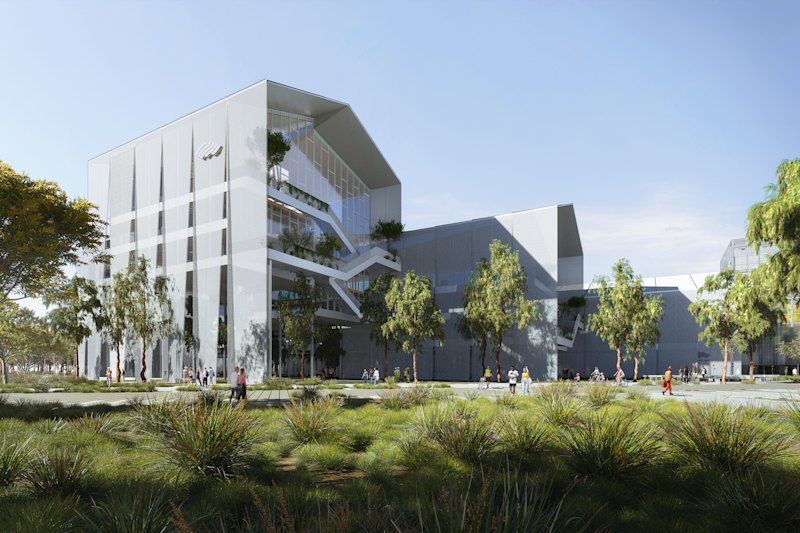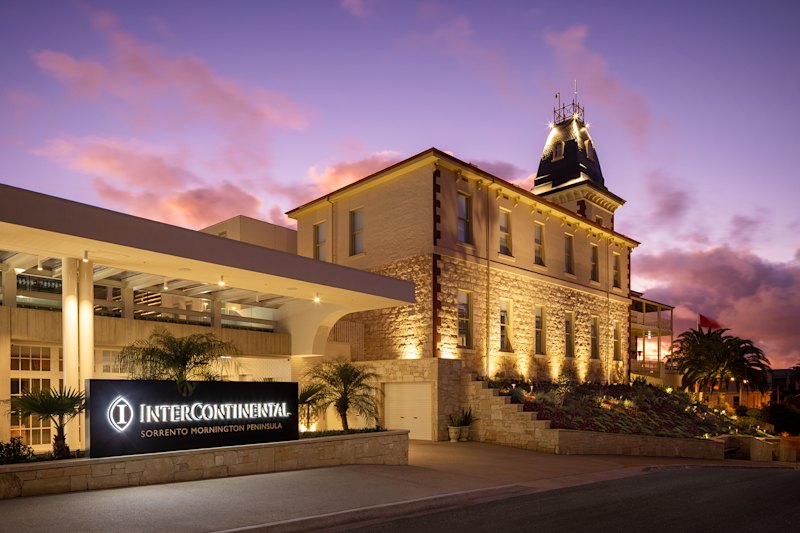
Keeping places: Pending national awards highlight new approach to architectural conservation
The coming National Architecture Awards are showcasing a welcome attitude change in respect to how we treat older buildings and precincts, even in the development-pressured neighbourhoods of our capital cities.
Whereas redevelopment once commenced with the complete razing of sites and many irreplaceable buildings of stone, handmade brick and stained glass, and then morphed into the disfiguring compromise of “facadism”, or the often-ludicrous retention of just the skin of a heritage building, a good number of projects on the 2022 shortlist for the Australian Institute of Architects’ national awards are displaying the way it is being done so differently these days.
With a more thoughtful approach and greater valuing of places as holistic entities, future generations will get to enjoy old wharves, Victorian courtyards, restored landscapes, suites of commingled buildings, and human-scale city neighbourhoods – even if they do happen to incorporate new facilities.
The various state award winners have been sent on to become the shortlist for this year’s national awards, which will be announced on November 3 in Sydney.
And while, of course, the 85 in the shortlist overwhelmingly represent brand-spanking-new buildings, several scattered across many of the categories show why it is worth keeping precious places for posterity.
One of the nation’s most complete collections of church buildings, the Wesley Place complex in Lonsdale Street, Melbourne, is competing in the heritage category and while the site has gained a glossy office tower, it kept and restored an 1858 bluestone church by one of the city’s most important 19th-century architects, Joseph Reed, and a matching manse, schoolhouse and caretaker’s cottage.
Conservation architects and heritage champions for four decades, Lovell Chen Architects were aptly commended by the Victorian award jury, who called their restoration and reinstatement of “natural desire lines” (pedestrian routes) through the Wesley site as “a tour de force in the art of conservation”.
In several other categories, the state juries particularly mentioned how different projects had given places back to the cities that host them.
An example, almost on top of Circular Quay in Sydney, is the integrated patchwork of new/old buildings and through-routes that is the Quay Quarter mixed-use neighbourhood.
Having already gained multiple NSW AIA awards this year for its residential and commercial projects, the precinct that resulted from the work of “a collective of architects” (SJB, Silvester Fuller, Studio Bright, Carter Williamson, Lippmann Partnership and Aspect Studios) was admired for instating a “granular and joyful” new subdistrict.
Retained in its “granular” midst is the historic Customs House, and the 1860-81 sandstone woolstore Hinchcliff House, which Carter Williamson restored as a character-laden dining destination.
In all, the NSW jury decided Quay Quarter Lanes was “an exemplary development due to the unique identity of buildings sitting comfortably together”. It is competing in the urban category.
Back in Melbourne, and in the commercial and interior categories, is the re-polished Venetian-style bank complex Queen and Collins that KTA and BVN “reconnected to the city”. They did the job so well that the place is now “inviting the public, retailers and workplaces to interact” and share laneways, courtyards and quiet nooks that interlink several city streets.
Like historic fingers pointing out into Sydney Harbour, and right under the Bridge, TZG (Tonkin Zulaikha Greer Architects) made minimal but effective interventions to turn Pier 2/3 and Wharf 4/5 into the Walsh Bay Arts Precinct that reopened last year to rehome nine different arts companies and give them unique and pre-loved performance, administrative and rehearsal spaces.
The project won the NSW architecture medal, with the state’s jury calling the job “an exemplar of the power of adaptive reuse to retain important built fabric and create memorable new infrastructure in the city”.
That sums up the way the retention game is going these days. If it was good back then, it can probably be made good again. So where possible, keep and respect.
Other projects in the 2022 national awards competition involved the clever and quiet repurposing of what was the world’s biggest wood chip mill in Tasmania into the multifunctioning arts and accommodation experience of Spring Bay Mill Ridge by Gilby + Brewin (in the sustainable and commercial categories) and the Dawn Fraser Baths by TKD (heritage) on Sydney Harbour.
The Hilton Hotel in Melbourne – by Bates Smart and Lovell Chen – which uses much of a 1930 insurance building, is also in the heritage category.
There is more retained and interesting vintage fabric that has been incorporated into residential projects, which underlines that keeping places is more than a passing trend.










